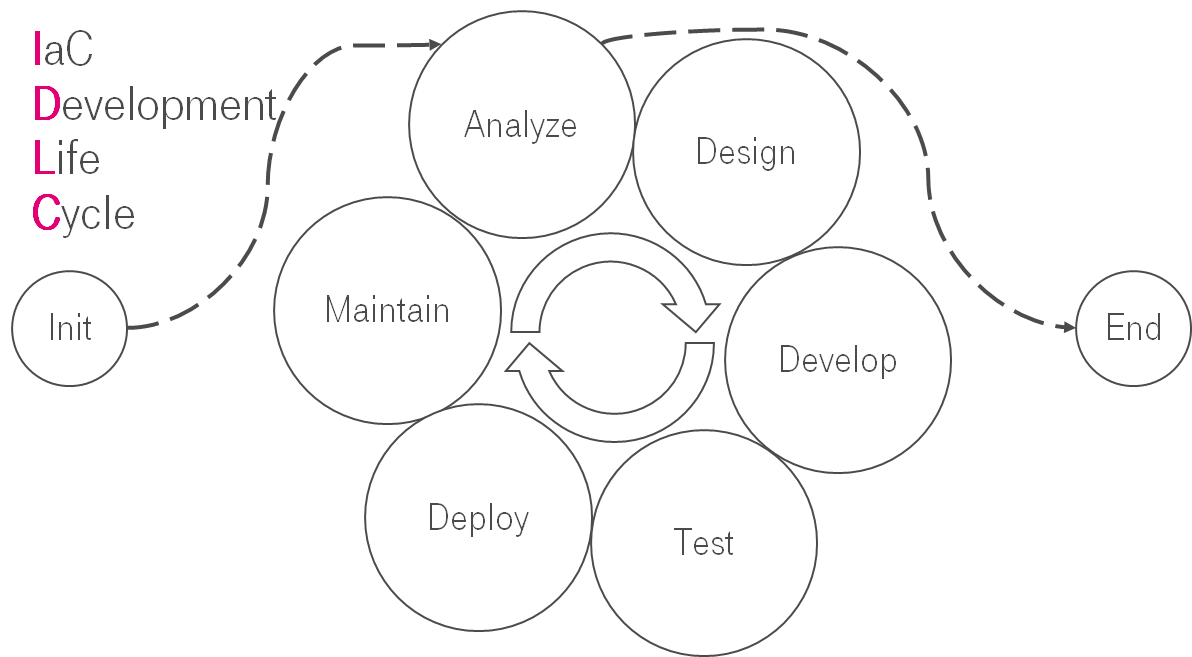One of the main tenets of the Unix philosophy is that a good tool for a good cause. Suppose you have a task to develop a large application that should have multiple threads of execution, possibly be distributed and, of course, have a graphical interface. I would like to make such a program quickly and without unnecessary mistakes.
I think the first question to ask in a situation like this is, "Which programming language is right?" C is not a bad choice, but not for such a project. It does not scale very well, and does not have the means of working with processes at all. Then C++? But C++ is a complex language, and past experience has shown that it will take a fair amount of time to debug memory allocation problems. What else?
There is a well-designed tool for just such a job. It is a Modula-3 language developed and implemented by the Digital Equipment Corporation Systems Research Center (SRC). Modula-3 is a modern, modular, object-oriented language. Other features include automatic memory management (built-in garbage collector), exception handling, support for dynamic types, and multi-threaded programming.
The SRC implementation includes a compiler, a minimal recompilation system (m3build), and a wide range of libraries and sample applications. It must be said that SRC Modula-3 is a free system supplied with source code, including a compiler and a run-time kernel. In addition, SRC Modula-3 has been implemented for a dozen platforms, including Windows 95/NT.
The goal of the developers of the language, in their own words, was not innovation, but the careful selection and consolidation of ideas, time-tested and proven to be useful in practice. Modula-3 is a simple but full-featured language for building large and reliable software packages with a long life cycle.


















